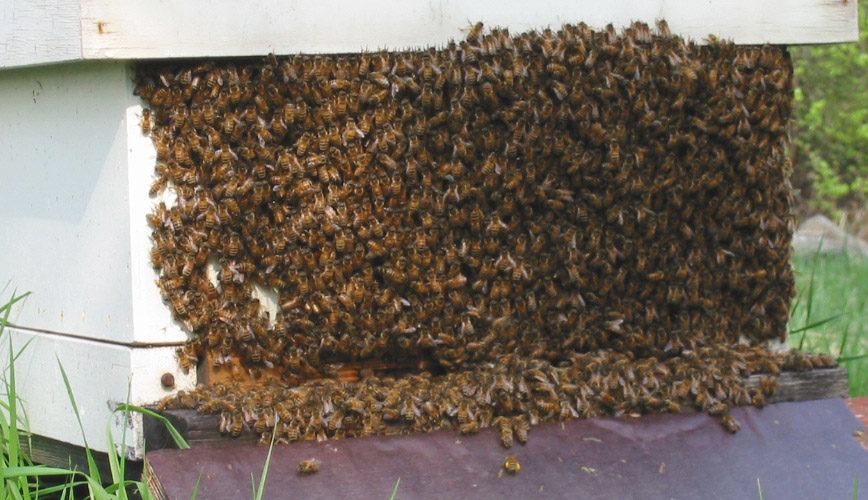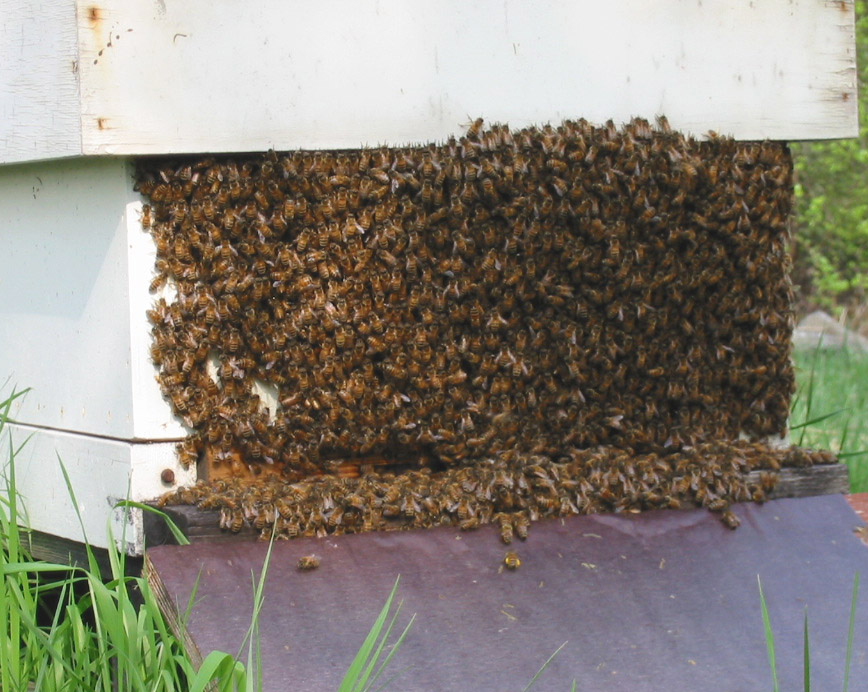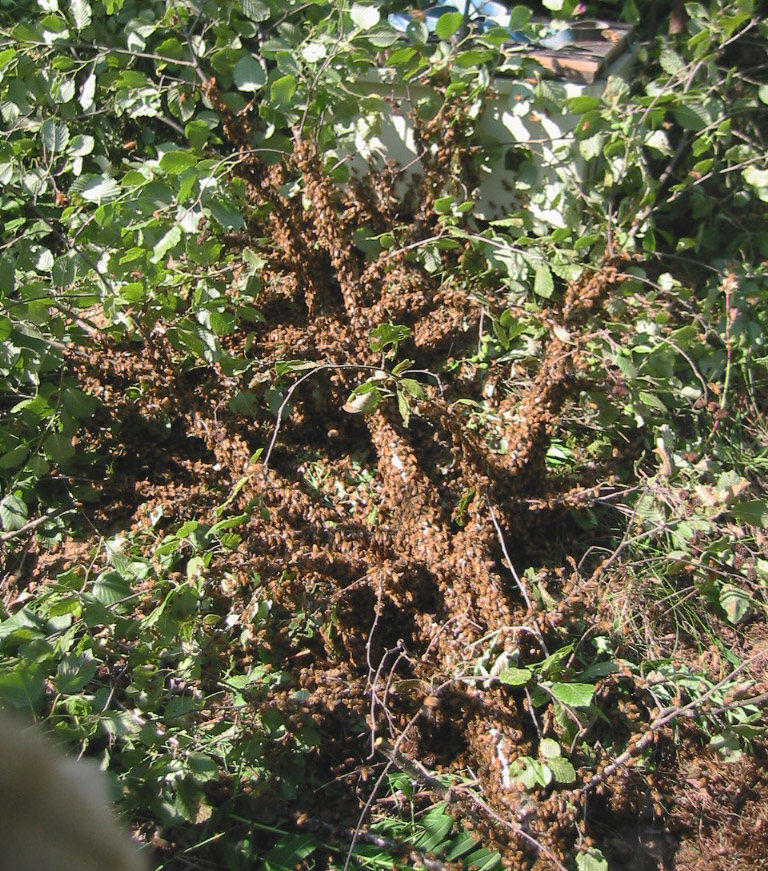Swarming, and powerful way to prevent it

When hive got plenty of young strong bees, fetuses, and food in the hive, the bees feel able to reproduce and may start planning swarming. Too cramped and full nest with poor ventilation and heat at the latest trigger swarming

If the nest is full and queen cell cups have appeared there, where the queen has laid eggs, the situation might calm down simply by removing the queen cells and adding space. However, if there is already a swarming fever in the hive, it will not pass by simply giving space. Signs of future swarming include covered queen cells and laziness of the nest. Drone brood is a good place to look at the situation. Normally, drone cells are built there, but the ready to swarm hive stops building it too, and it only has swarm cells, i.e. queen cells, made with a view to swarming. The bees in the swarm ready hive doesn’t work because it saves energy for the new nest.

Powerful way to prevent swarming
When the bees aren’t working and the swarming is triggered, the only certain way to prevent the swarm from leaving is as follows:
Put a new bottom board on the side of the same apiary, where the brood box of the swarm ready hive is placed. So, all the brood and the queen of the hive are placed to a new location.
The brood box of the swarm ready hive is replaced by an empty compartment, preferably with built-in cakes. Few brood cakes with eggs and small larvae are removed from the transferred brood box in this hive. The queen must not come along! All queen cells are carefully destroyed. Now the old nest has no queen and no queen cells. The hive has to raise a new queen from the emergency cells. This will take 11 days. During that time, the bees realize that they are not all young and strong, and that there are not even new young friends being hatching in the hive. Hive is no longer in the condition of swarming. During this time, the weather and the harvest situation may change and swarming will not be done. Just over a week after hatch, a new mother starts laying eggs and not until 3 weeks after that, new bees begin to be born. That hive will certainly not swarm that summer.
From the brood compartment raised to the new location, all queen cells are carefully broken immediately and given another compartment on top of queen excluder. Since it does not have field bees flying home to the old place, but there are plenty of fetuses, it must be ensured that at least two full cakes of honey remain in the nest. This hive loses almost all bees, but there are plenty of eaters, so it does not Swarm. At the same time beekeeper gets new colony of bees.